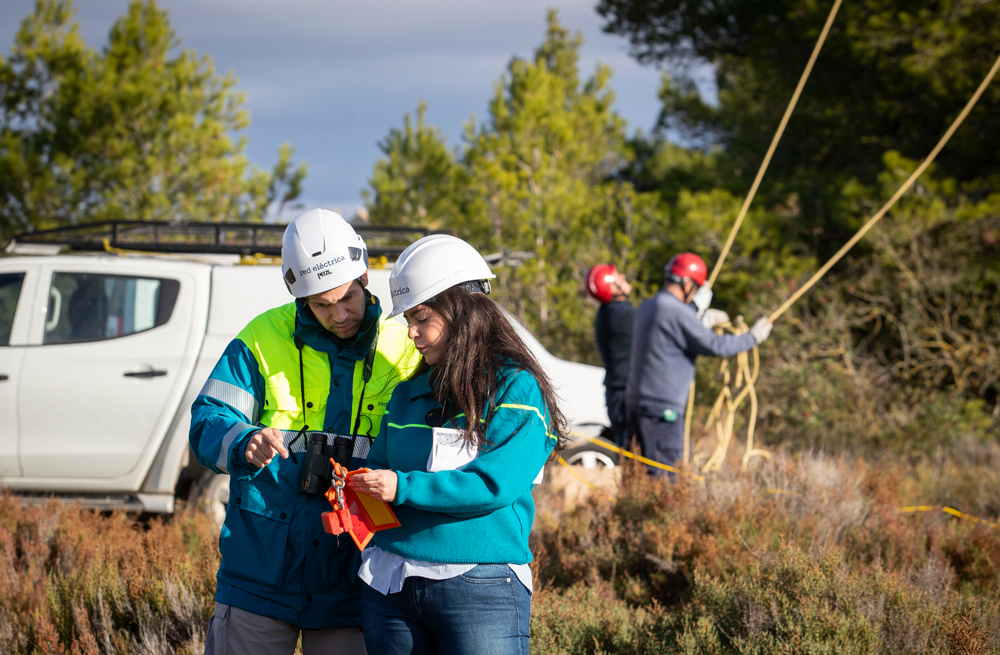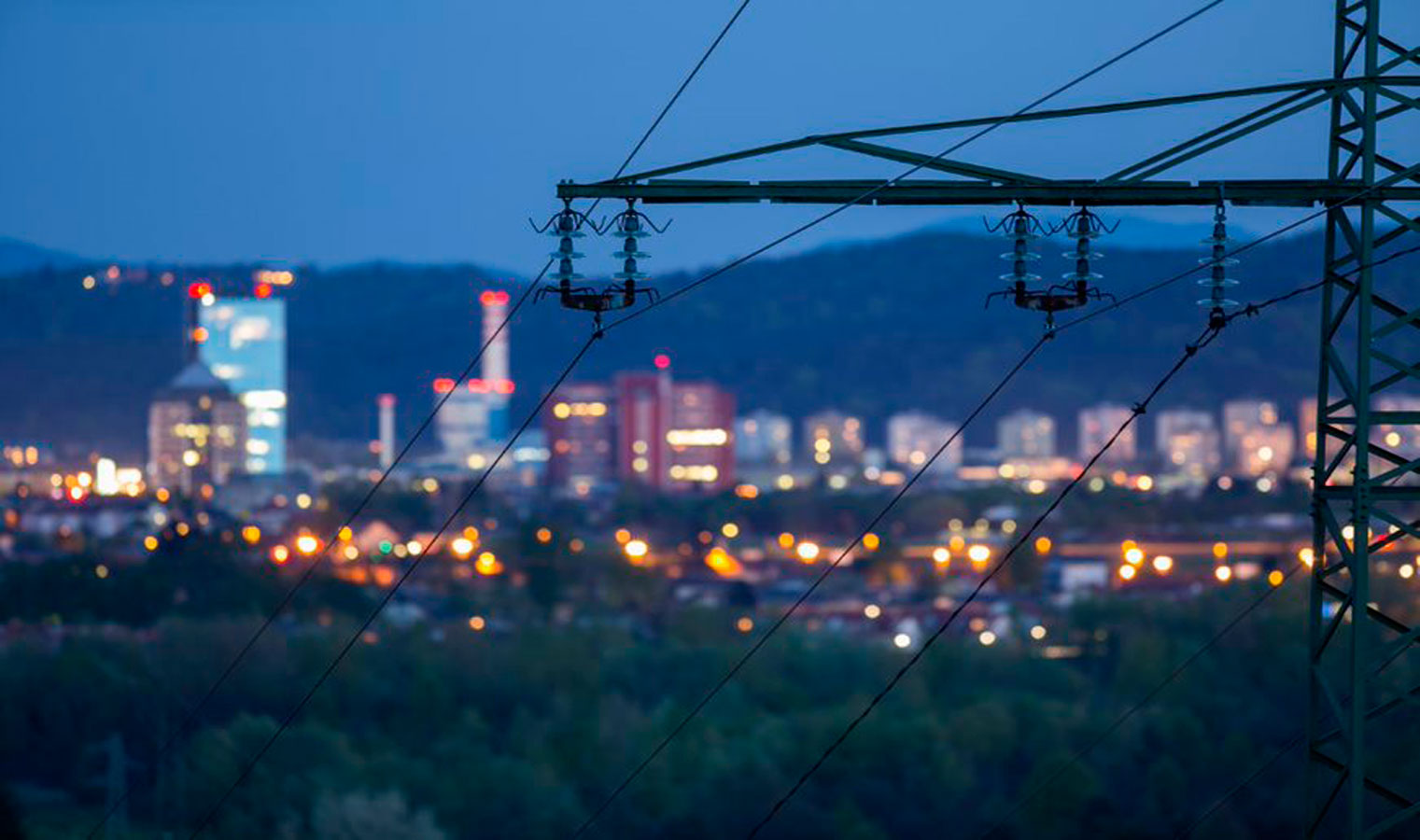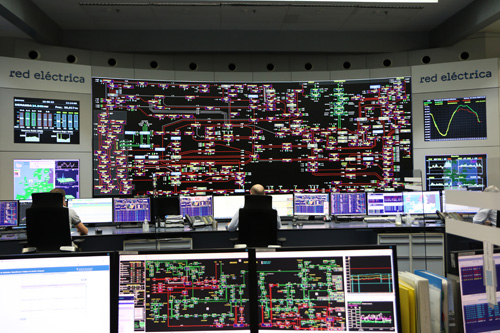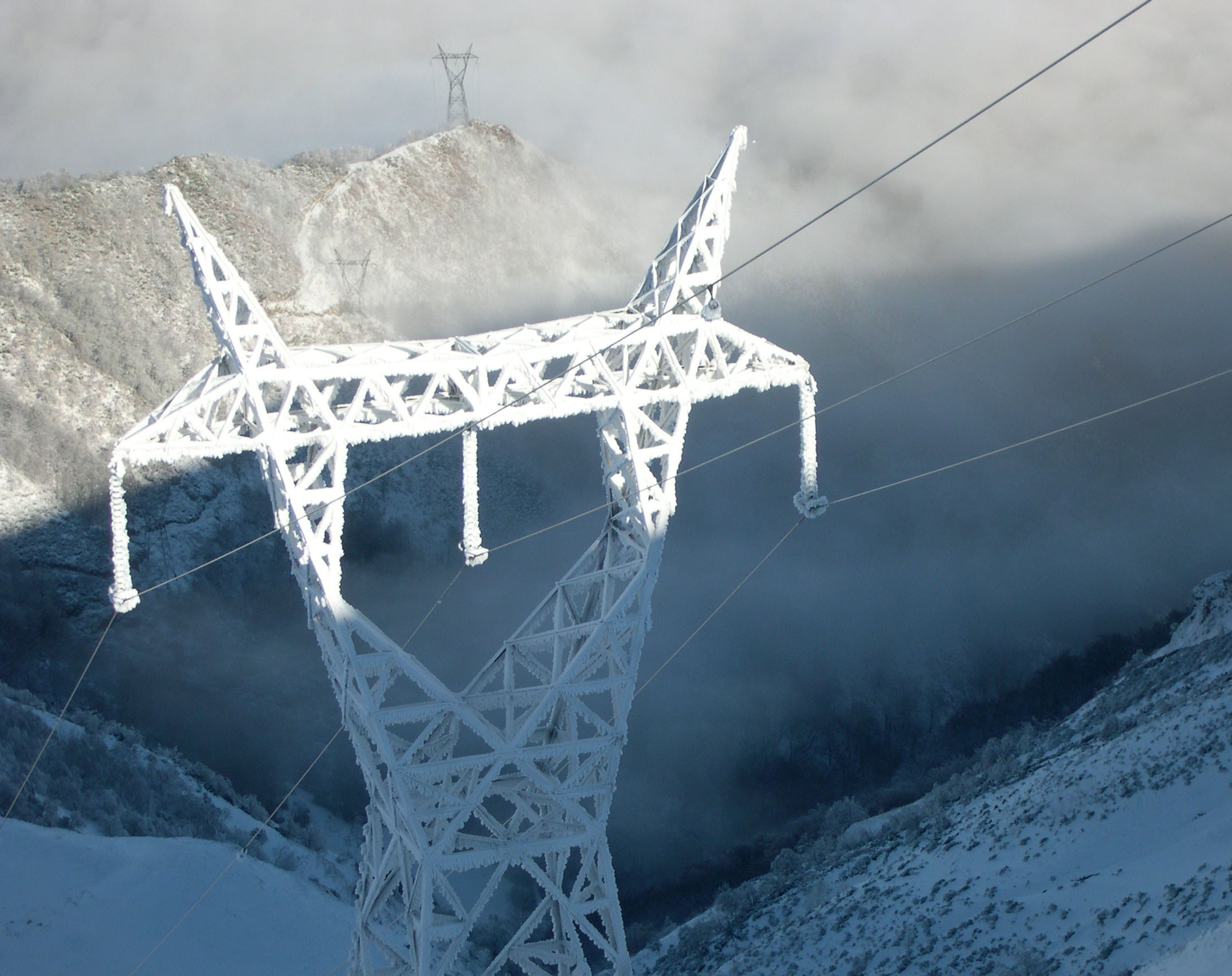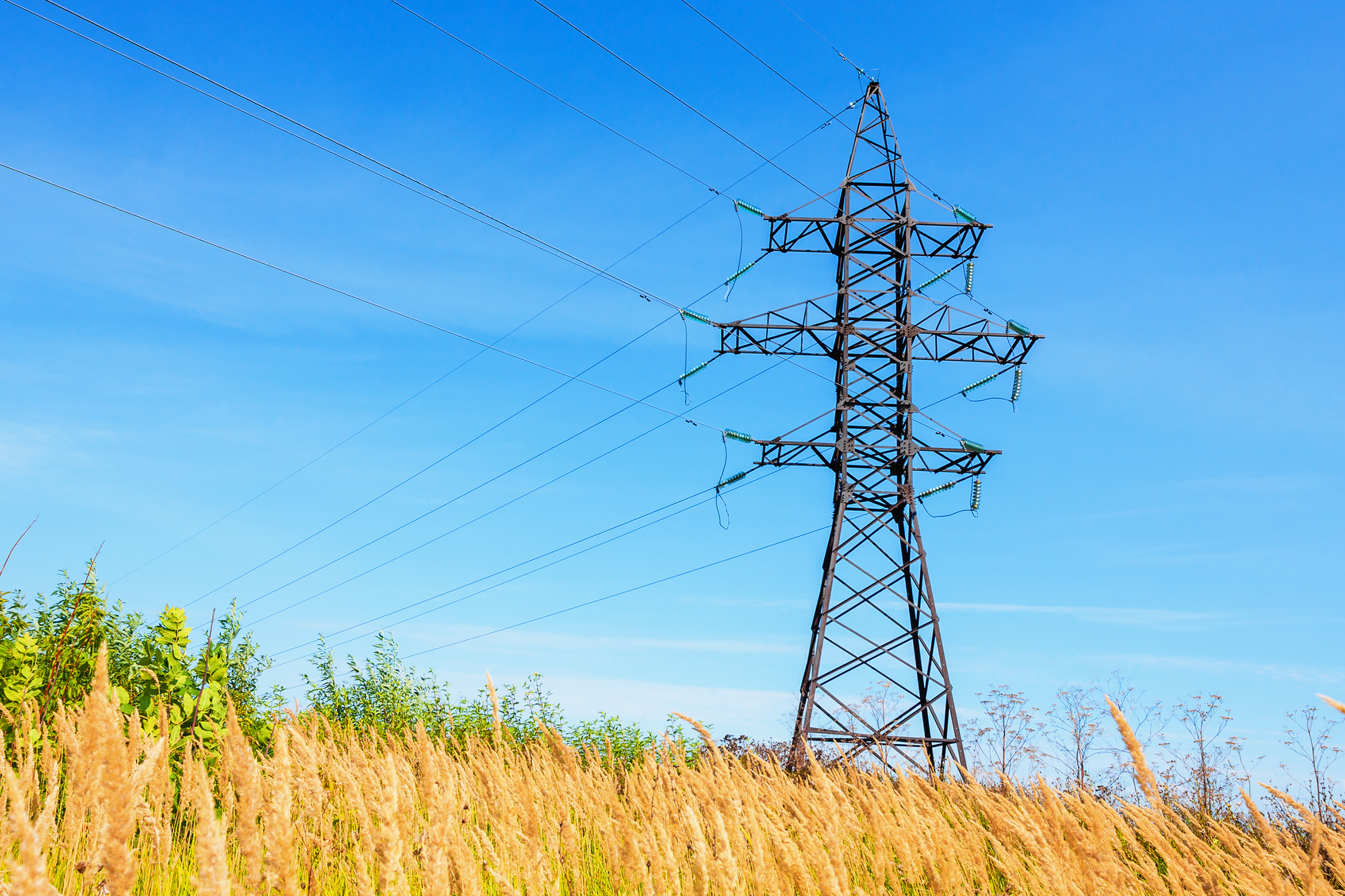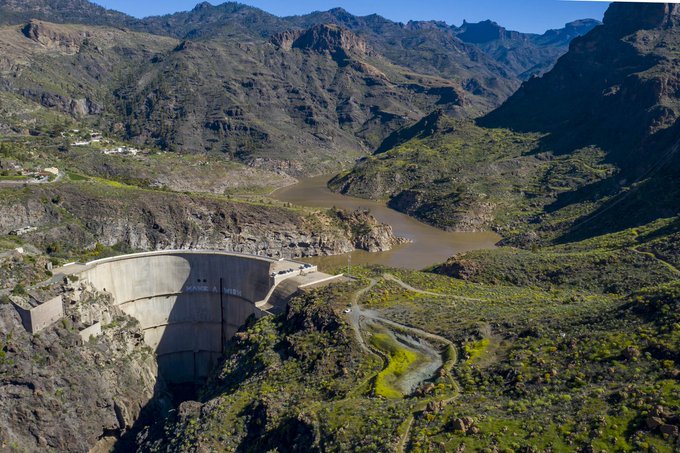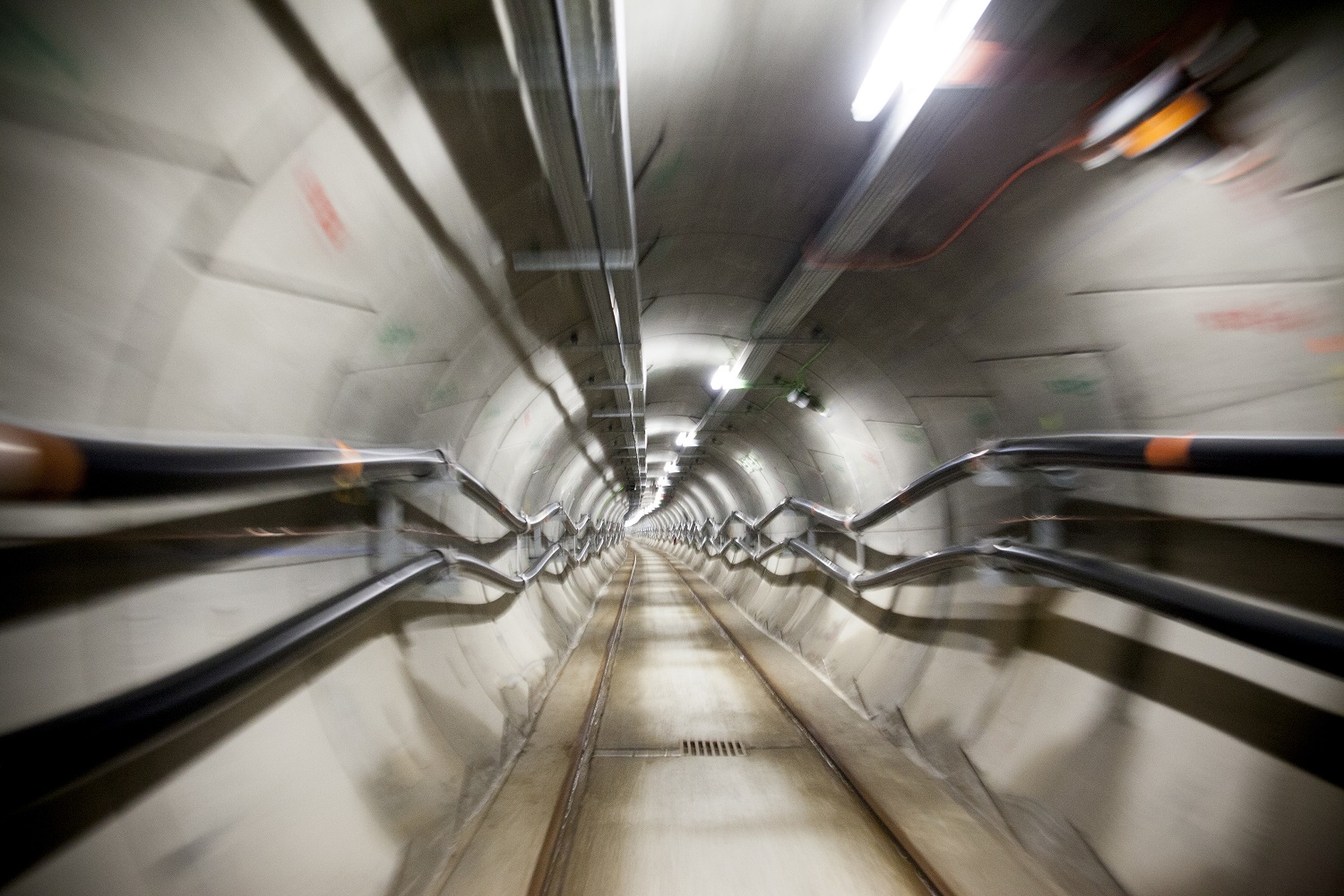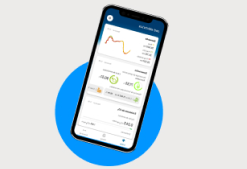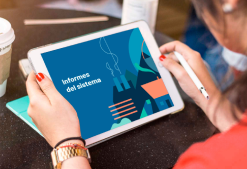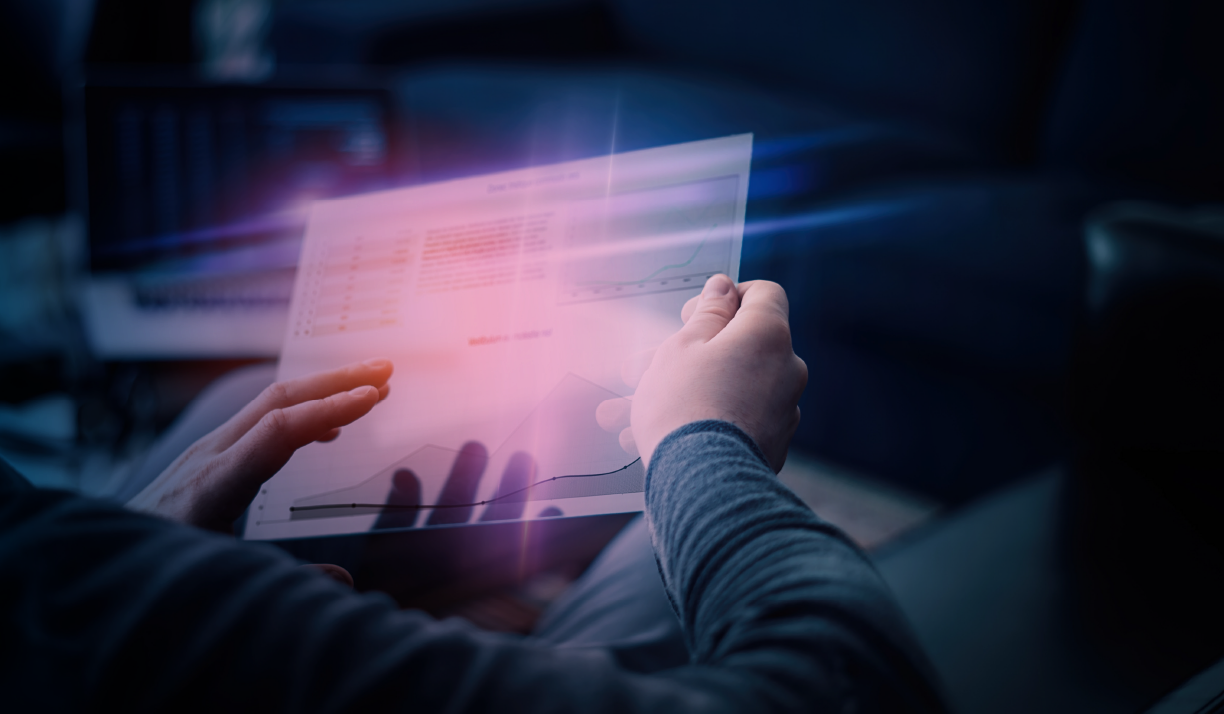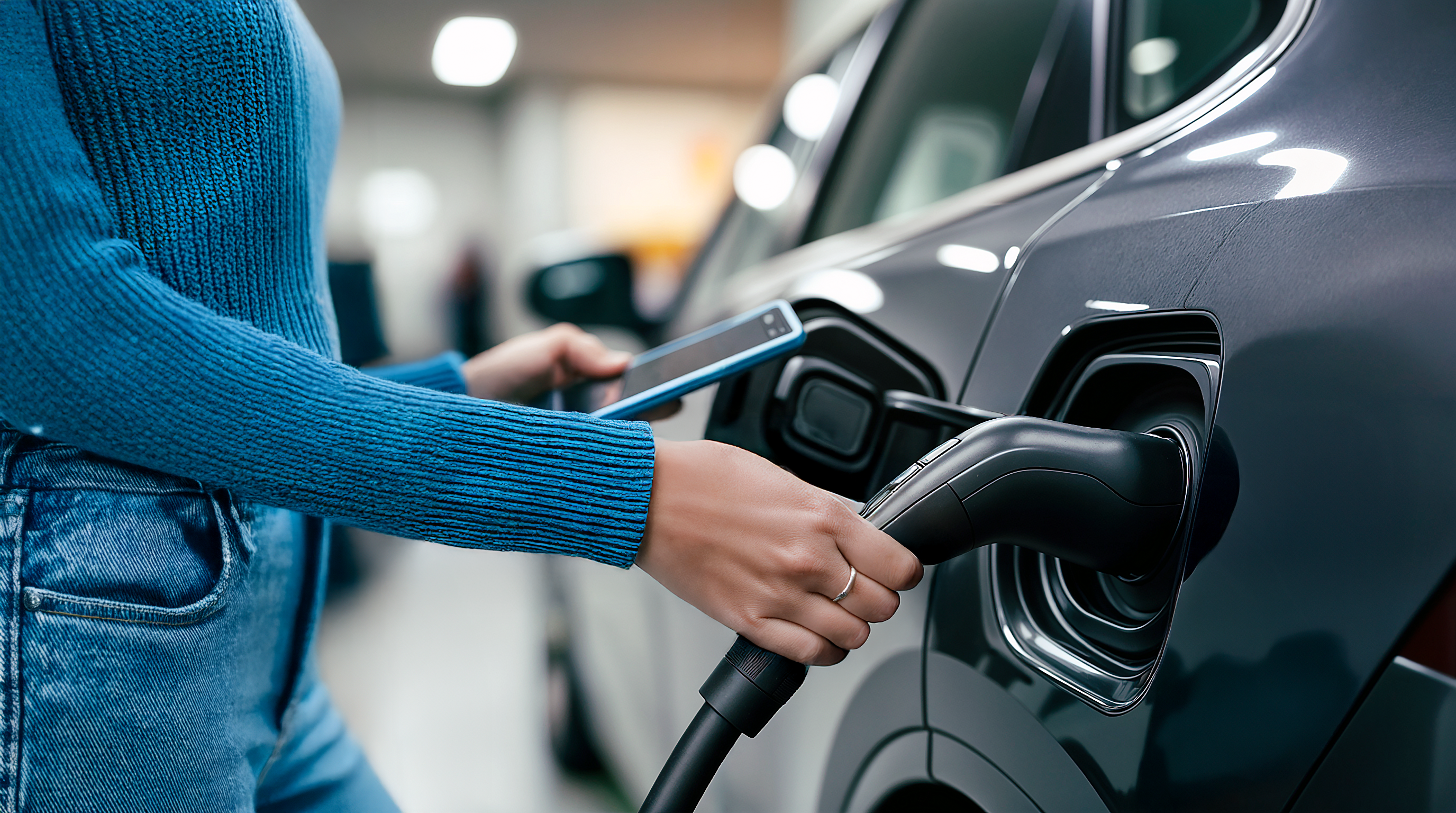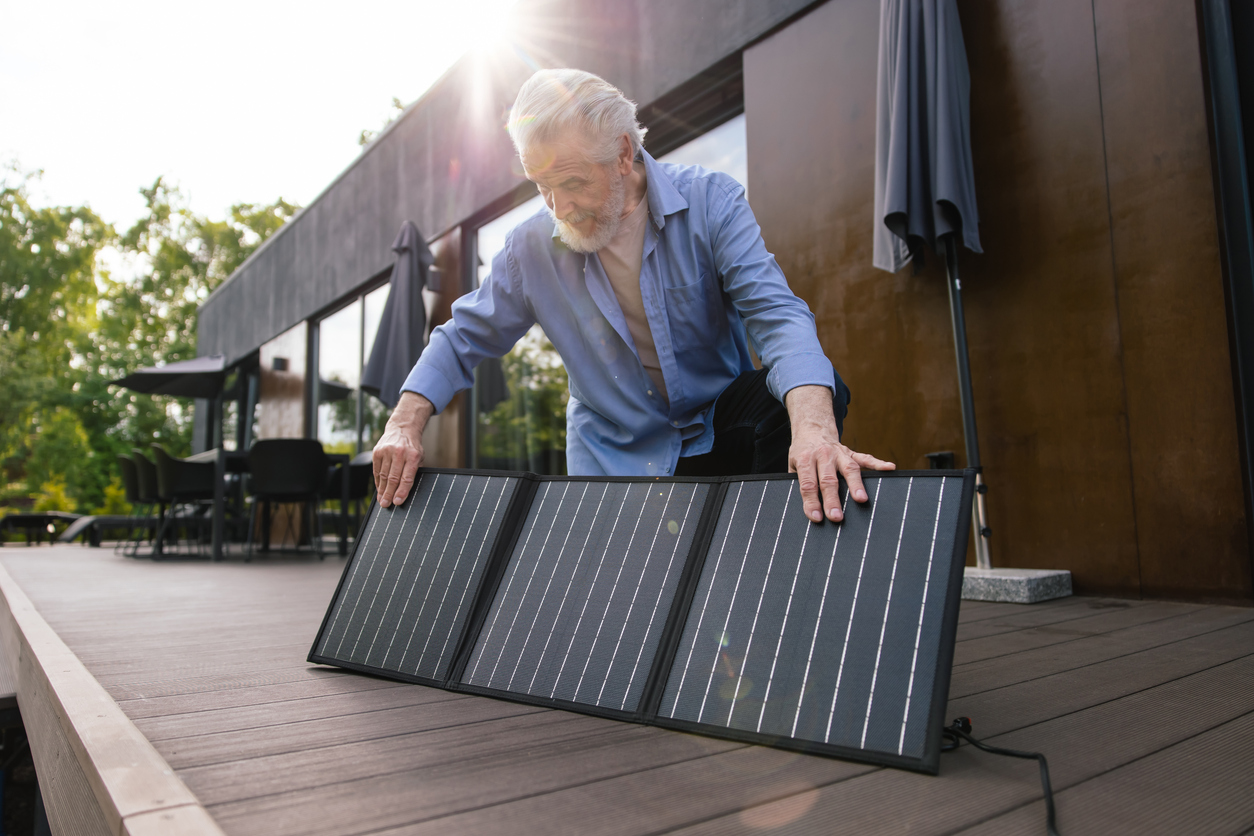For 40 years, we've been driving our country's economic and social progress. Four decades shaping Spain.
Self-consumption
Self-consumption
Nowadays, individuals and businesses have the ability to generate electricity for their own use. This concept is known as self-consumption.
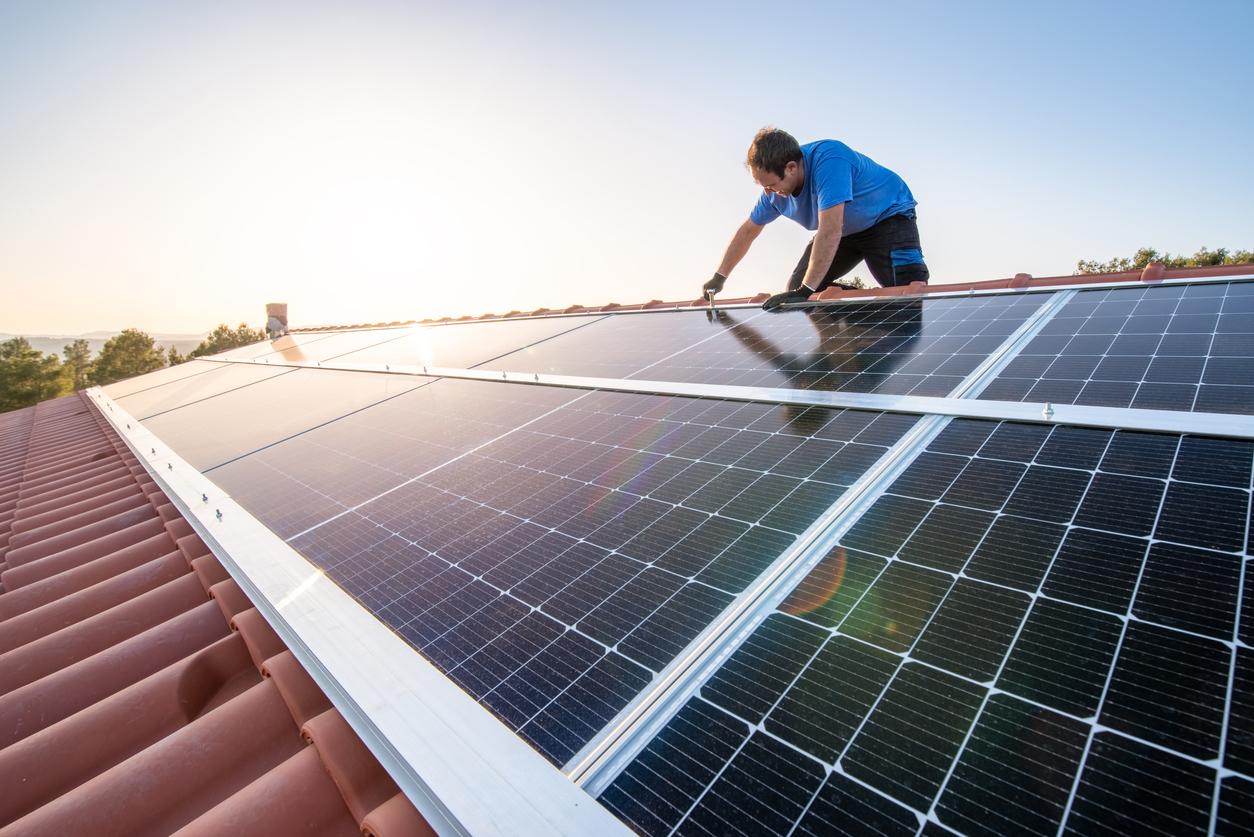
A Tool that Empowers Consumers
Self-consumption enables consumers to produce and use their own electricity. It plays an increasingly significant role in the energy transition as it empowers consumers, promotes electrification, and aids in reducing emissions.
According to the National Integrated Energy and Climate Plan, there is a goal of achieving 19 GW of solar self-consumption by 2030.
Varieties of Self-consumption
Self-consumption involves the setup of photovoltaic solar panels or other renewable energy sources in residences, businesses, or communities. How many categories of self-consumption exist?

Self-consumption can be classified as either individual or collective, depending on whether multiple connected consumers are supplied with the generated energy.
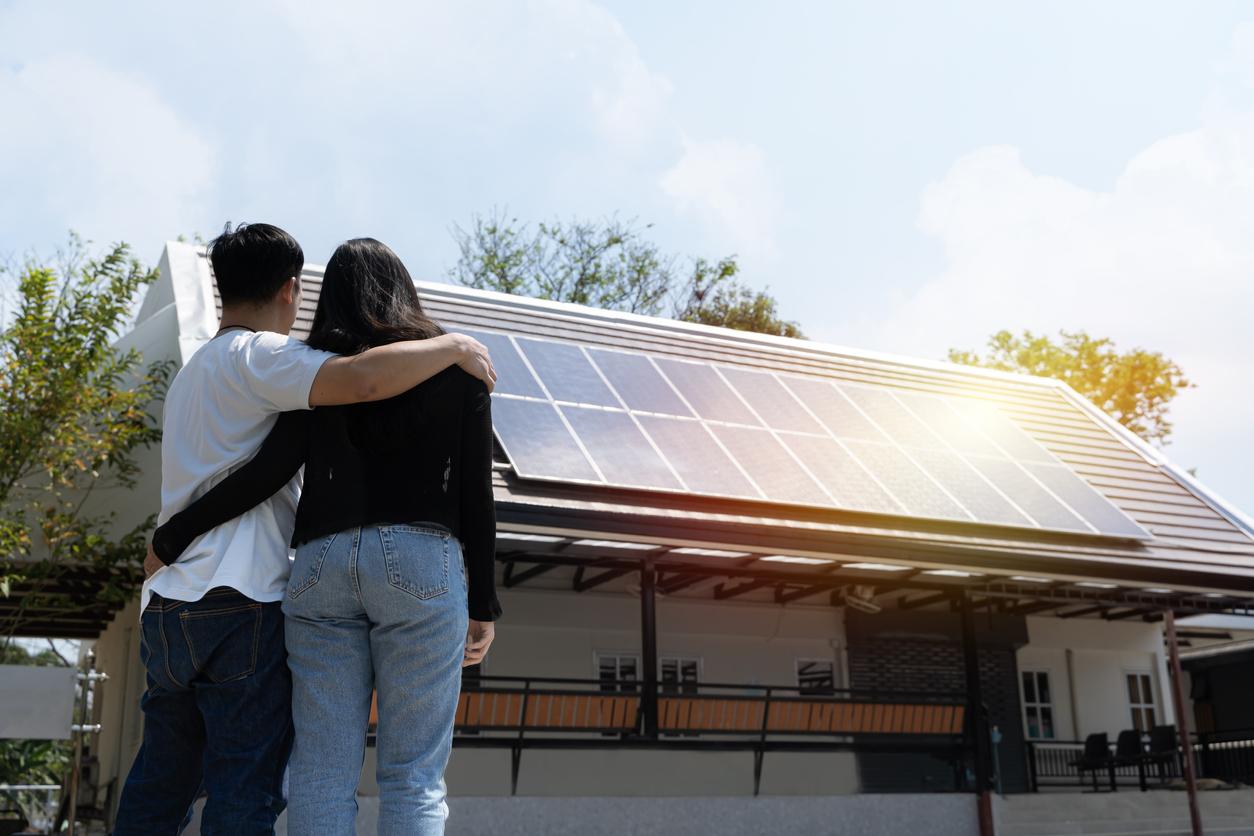
Self-consumption with surpluses, if the facilities allow the generated energy that is not going to be self-consumed or self-consumption without surpluses to be dumped into the grid, it has a device that prevents this discharge.

Within the self-consumption with surpluses category, there can be two cases: one that is covered by an economic compensation mechanism and one that sells the surplus directly on the market.
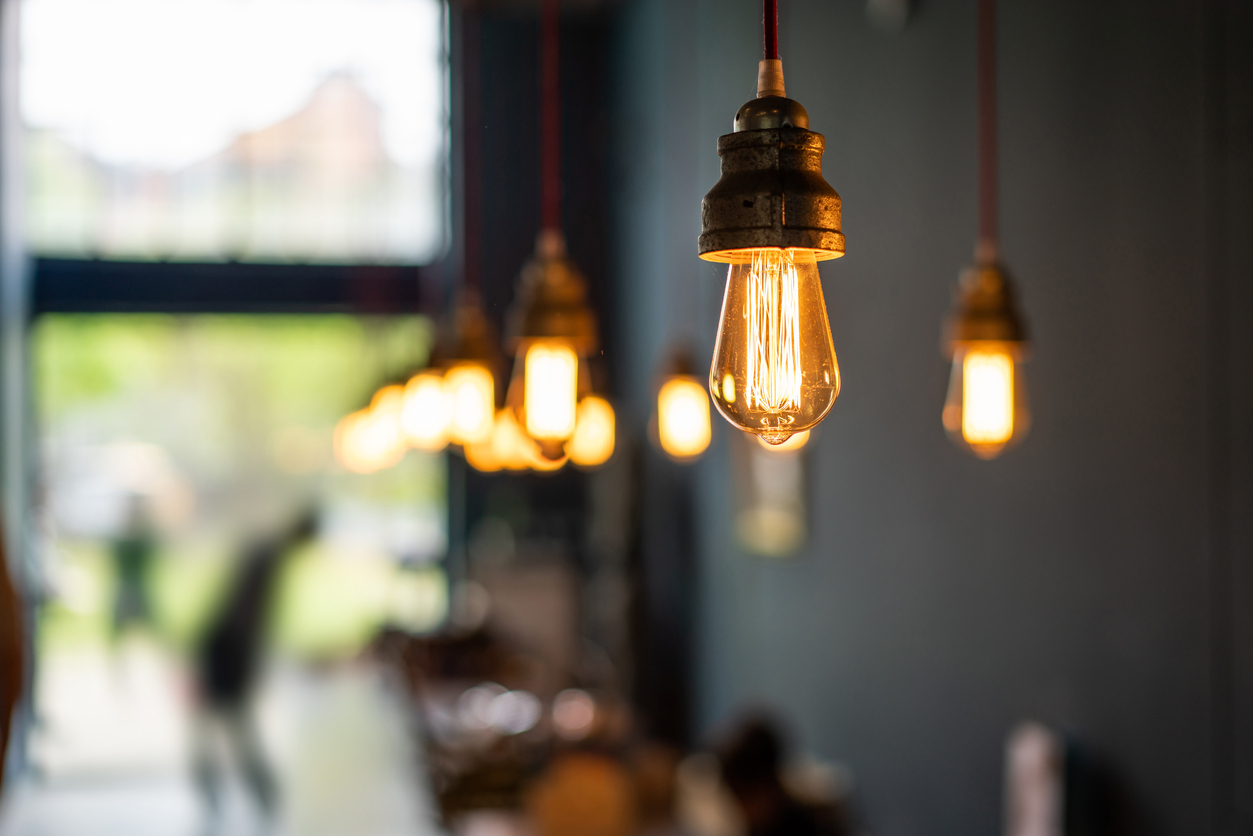
Self-consumption for System Operation
When considering the functioning of the electrical system, self-consumption poses the difficulty of integrating small-scale generation facilities into the system, which are spread across the territory and connected to consumption.
To ensure the secure integration and operability of these installations within the entire electrical system, specific settings are necessary.
These adjustments should allow for a more comprehensive monitoring of the progress and performance of self-consumption. Furthermore, they should encourage self-consumption facilities to meet specific technical criteria and enhance the real-time visibility and operability of these facilities.
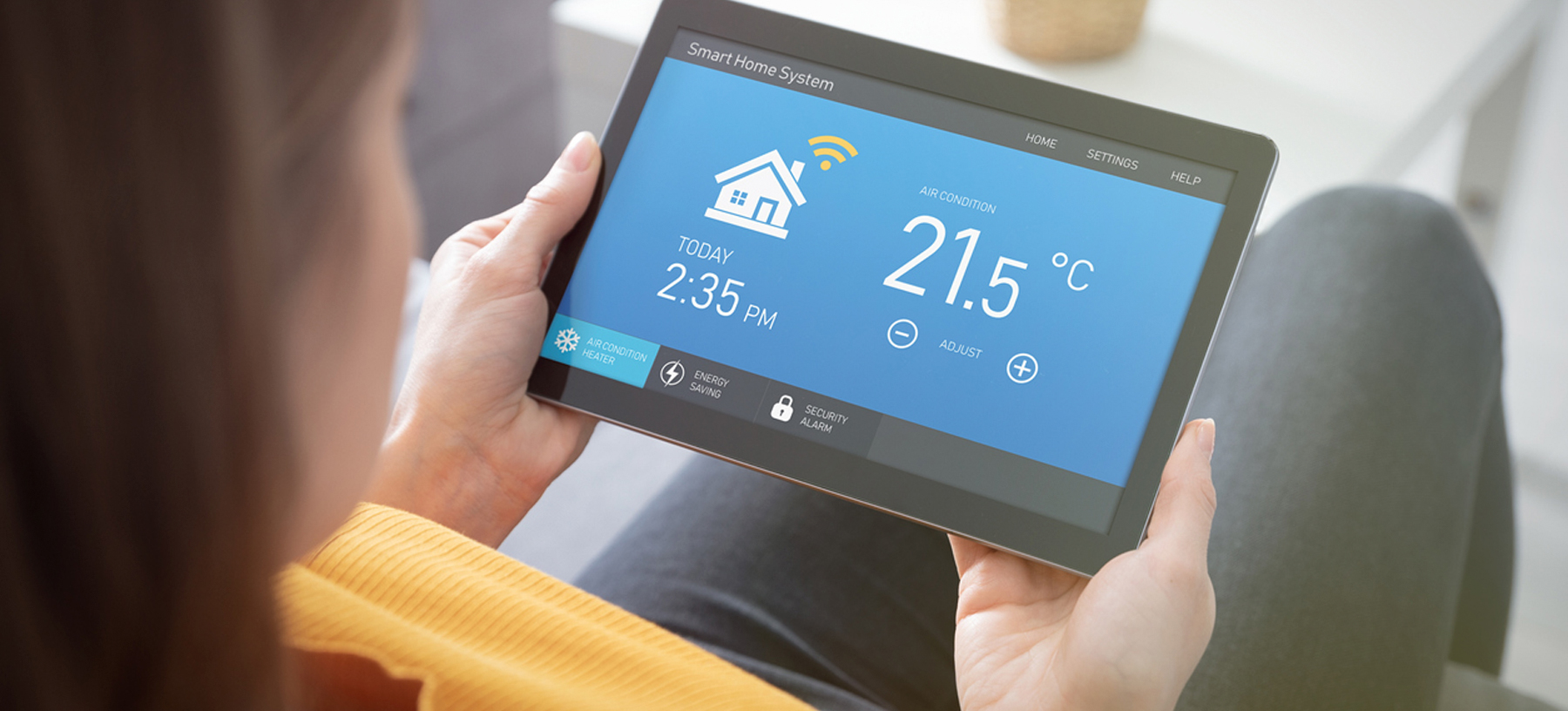
Self Consumption Platform
At Red Eléctrica, we have been working for years to perfect our forecasting models by incorporating self-consumption data. Among other actions, we have developed a platform to increase real-time observability of this vector and facilitate its safe integration into the electric system. This platform uses information currently available from measurement devices integrated into the inverters from the manufacturers (Ingeteam so far). The goal of the platform is to define a representative sample of self-consumers (panel) by increasing the number of participating manufacturers.
The Self-Consumption Platform is a collaborative project aimed at facilitating the energy transition. If you are a manufacturer or manager of a self-consumption data platform and you are interested in participating, you can obtain more information through PlataformaAutoconsumo@ree.es

